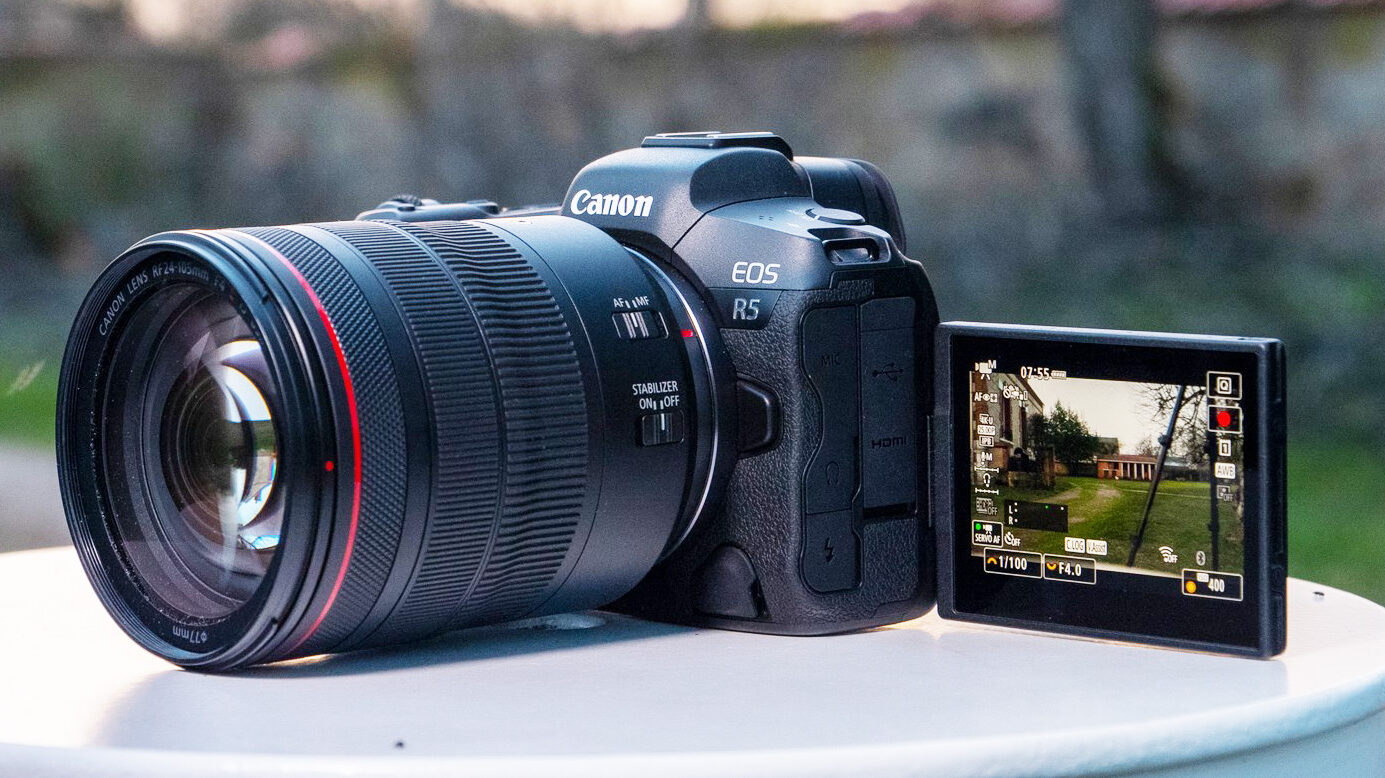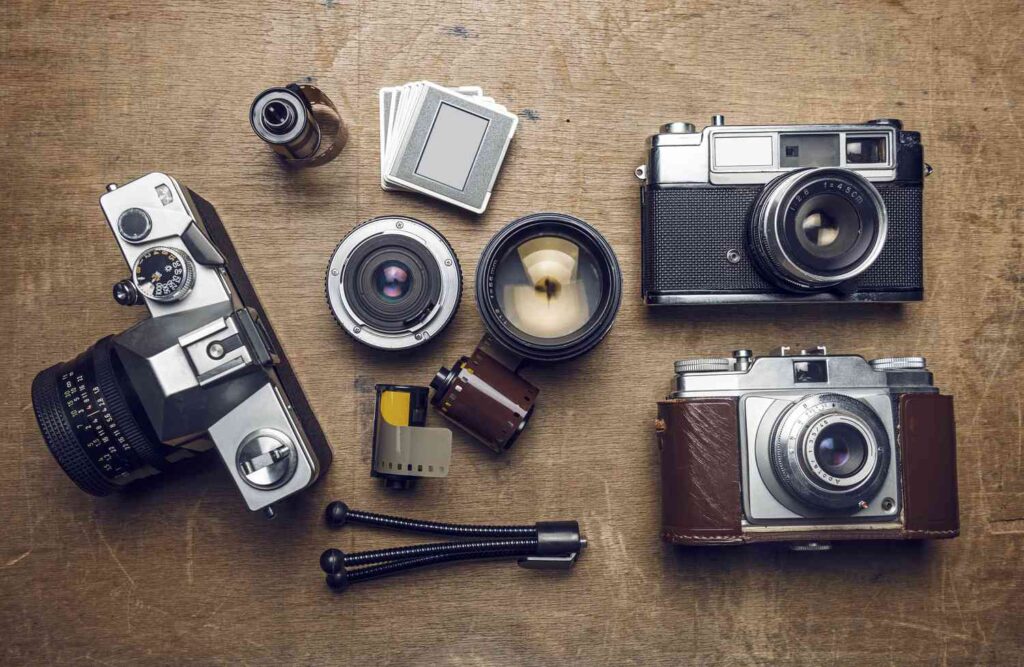There are many excellent cameras available for photography, and the best one for you will depend on your individual needs, preferences, and budget. However, here are some highly recommended cameras that are popular among photographers:
Highly recommended cameras for photography
Canon EOS R5: This full-frame mirrorless camera is highly versatile and excels in both photo and video shooting. It has a high-resolution 45-megapixel sensor, fast autofocus, and in-body image stabilization.
Nikon Z7 II: Another full-frame mirrorless camera, the Nikon Z7 II has a 45.7-megapixel sensor and a fast autofocus system. It also has dual memory card slots, a high-resolution electronic viewfinder, and in-body image stabilization.
Sony A7R IV: This full-frame mirrorless camera boasts a 61-megapixel sensor and fast autofocus. It has a high-resolution electronic viewfinder and in-body image stabilization, making it a great option for high-resolution photography.
Fujifilm X-T4: This APS-C mirrorless camera has a 26-megapixel sensor and fast autofocus. It also has in-body image stabilization and a high-quality electronic viewfinder. Its retro design and film simulations make it a favorite among street photographers and documentary shooters.
Panasonic Lumix S1R: This full-frame mirrorless camera has a 47-megapixel sensor and in-body image stabilization. It also has a high-quality electronic viewfinder, a rugged build, and excellent video capabilities.
These cameras are just a few examples of the many great options available for photographers. Ultimately, the best camera for you will depend on your individual needs and shooting style.

Equipment to improve your photography
In addition to a good camera, there are many pieces of equipment that can help improve your photography. Here are some of the best pieces of equipment for photography:
Lenses: High-quality lenses are crucial for achieving sharp, clear images with good color and contrast. Consider investing in a variety of lenses for different types of photography, such as a wide-angle lens for landscapes, a telephoto lens for wildlife or sports, and a fast prime lens for low-light situations.
Tripod: A sturdy tripod can help you stabilize your camera for sharp, long-exposure shots, as well as ensure consistent framing and composition. Look for a tripod that can support the weight of your camera and lens, and has adjustable legs and a ball head for easy positioning.
Flash: A good external flash can help you control lighting in your photos and fill in shadows. Consider investing in a powerful and versatile flash that can be used on-camera or off-camera.
Filters: Various filters can be used to enhance your photos, such as polarizing filters to reduce reflections and increase saturation, neutral density filters to reduce the amount of light entering the lens, and graduated neutral density filters to balance exposure in high-contrast scenes.
Memory cards: Make sure to have enough high-capacity, high-speed memory cards to store your photos. It’s also a good idea to have backups in case of card failure or loss.
Camera bag: A good camera bag can protect your equipment and make it easier to transport. Look for a bag with compartments for different lenses and accessories, as well as weather-resistant materials and comfortable straps.
Cleaning kit: Keep your camera and lenses clean with a microfiber cloth, lens cleaning solution, and blower brush. This will help prevent dust and debris from showing up in your photos.
Battery grip: A battery grip can be attached to your camera to provide extra battery life and a more comfortable grip for vertical shooting. This can be especially useful for long shoots or when traveling.

Other types of equipment:
Remote shutter release: A remote shutter release allows you to trigger the shutter without physically touching the camera, which can reduce camera shake and improve sharpness. This is especially important for long-exposure shots or when using a tripod.
Light meter: A light meter can help you measure the brightness of a scene and set your camera’s exposure settings accordingly. This is particularly useful in situations where the lighting is challenging or when shooting with film.
Reflector: A reflector can help you bounce light onto your subject and reduce harsh shadows. Look for a reflector with a silver or white surface for maximum versatility.
Camera strap: A comfortable and secure camera strap can make it easier to carry your camera for extended periods of time, and reduce the risk of drops or damage.
Lens hood: A lens hood can help prevent lens flare and protect your lens from bumps and scratches. Make sure to get a lens hood that is compatible with your specific lens.
Light stand: If you’re using off-camera lighting, a sturdy light stand can help you position your lights at the right height and angle. Look for a stand with adjustable legs and a secure locking mechanism.
Softbox: A softbox can help you diffuse the light from your flash or studio lights, creating a softer, more even light. Look for a softbox with a removable front panel for greater versatility.
These pieces of equipment can help you take your photography to the next level. However, keep in mind that the best equipment for you will depend on your individual needs and shooting style, so be sure to do your research and try out different options before making a purchase.


